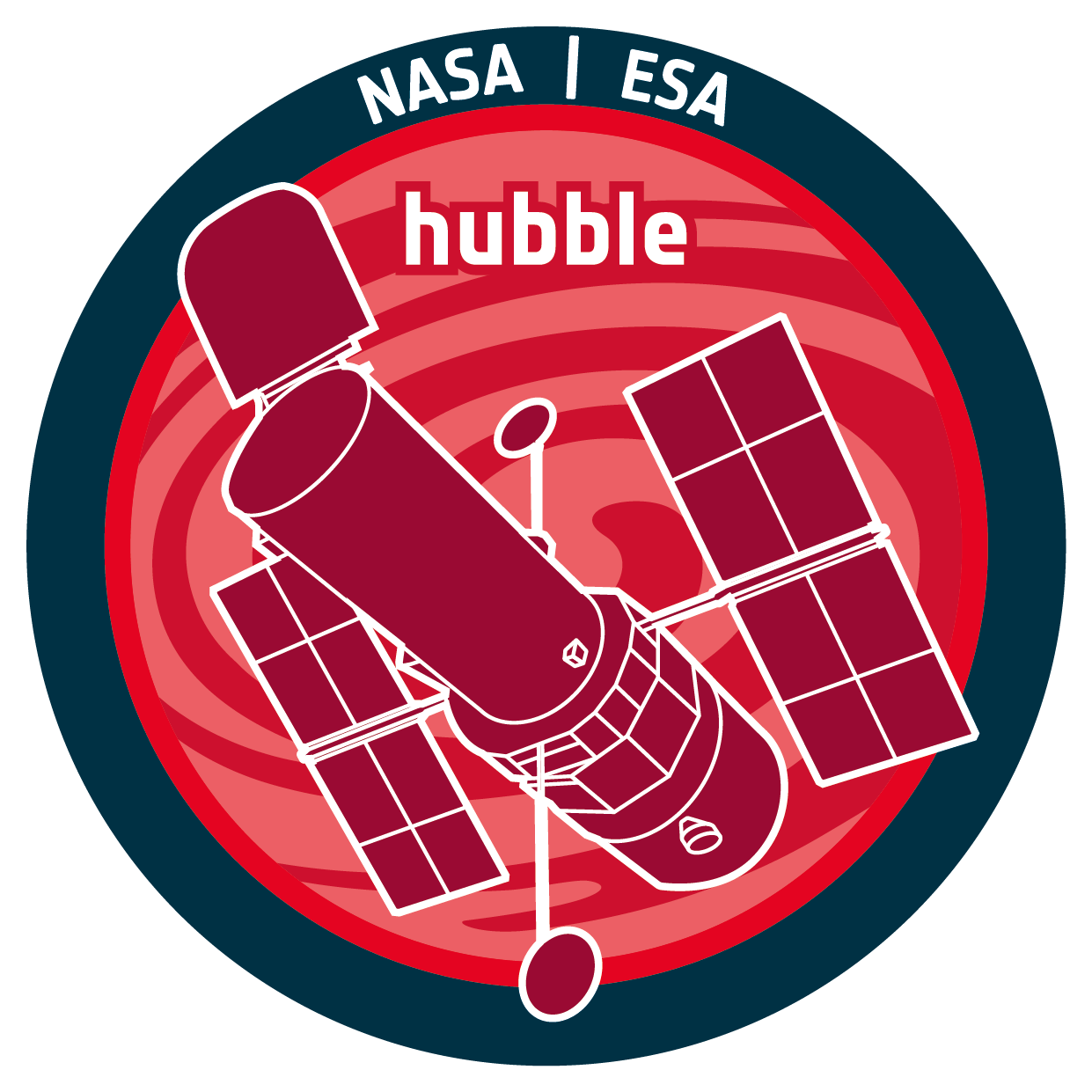

| Name | 15815 |
| Title | Resolving massive binaries with STIS |
| URL | https://hst.esac.esa.int/ehst/#/pages/search;proposal=15815;TAPCLIENT=DOI |
| DOI | https://doi.org/10.5270/esa-g9zjgd5 |
| Author | European Space Agency |
| Description | This is a scientific proposal for HST mission. For specific information please visit https:\\archive.stsci.edu\proposal_search.php?id=15815&mission=hst |
| Publication | Lucky spectroscopy, an equivalent technique to lucky imaging. II. Spatially resolved intermediate-resolution blue-violet spectroscopy of 19 close massive binaries using the William Herschel Telescope, Maíz Apellániz, J.,Barbá, R. H.,Fariña, C., Astronomy and Astrophysics, 646, 2021-02-01 00:00:00, 2021A&A...646A..11M||Spatially resolved spectroscopy of close massive visual binaries with HST/STIS. I. Seven O-type systems, Maíz Apellániz, J.,Barbá, R. H., Astronomy and Astrophysics, 636, 2020-04-01 00:00:00, 2020A&A...636A..28M |
| Instrument | STIS/CCD |
| Temporal Coverage | 2019-10-03T13:12:48Z/2023-03-06T07:49:33Z |
| Version | 1.0 |
| Mission Description | Launched in 1990, the NASA/ESA Hubble Space Telescope remains the premier UV and visible light telescope in orbit. With well over 1.6 million observations from 10 different scientific instruments, the ESA Hubble Science Archive is a treasure trove of astronomical data to be exploited. |
| Creator Contact | https://support.cosmos.esa.int/esdc/index.php?/Tickets/Submit |
| Date Published | 2023-09-06T20:53:33Z |
| Publisher And Registrant | European Space Agency |
| Credit Guidelines | European Space Agency, 2023, Resolving Massive Binaries With Stis, 1.0, European Space Agency, https://doi.org/10.5270/esa-g9zjgd5 |